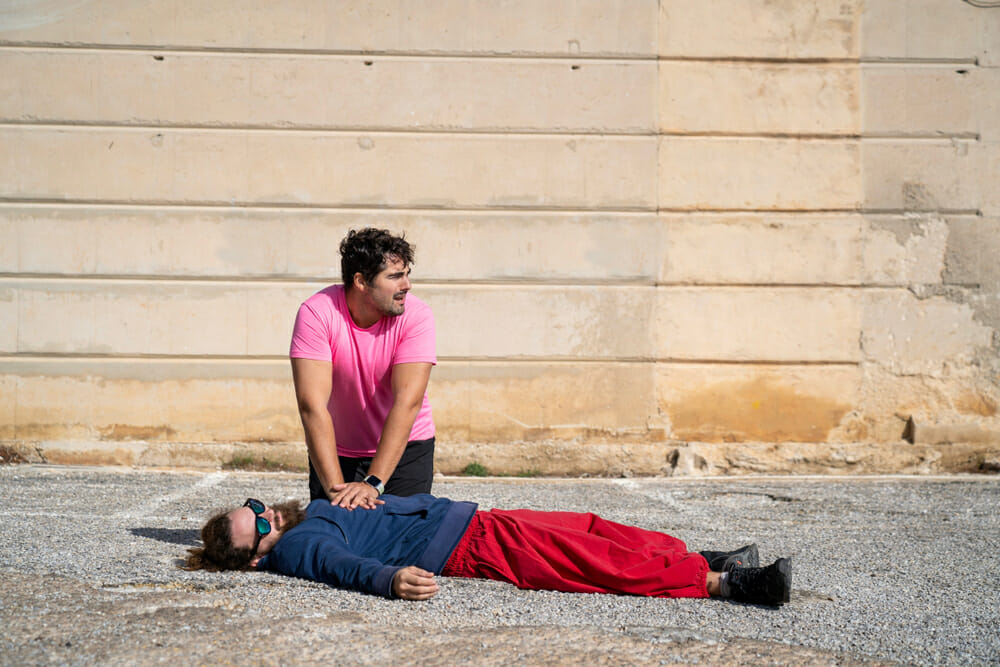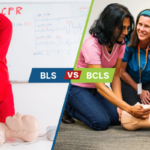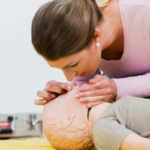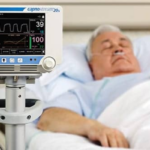
- Last Updated On: May 17, 2024
CPR & First Aid: Ensuring Accuracy with Updated Knowledge
Taking CPR and first aid online classes can be of great help when it comes to the knowledge of cardiopulmonary resuscitation or CPR. CPR and first aid classes online will help you in starting CPR effectively and save a life. However, despite the many forms of CPR and first aid techniques available today, some common errors still exist as far as the use of CPR is concerned.
Some Common Errors in CPR Technique
Failing to Call Emergency Services
Calling emergency services in a heart attack or cardiac arrest case can be of great help in the chain of saving a life. Emergency services bring the required medical kit, including an Automated External Defibrillator (AED), to help recover the cardiac arrest patient on time. It is essential to contact emergency services as soon as possible while you are also starting CPR, as the patient looks like they are losing consciousness. You should first do 30 chest compressions before making the call and attempting to open the airway of the patient.
Failing to Get to an Ideal Place
The idea here is that you might have acquired the updated hands only CPR training. However, you might forget to put the victim on a flat surface or hard ground. You have to set yourself up properly before you start the compressions. You should remember to use the three C’s — Check, Call, and Care before you start.
Checking is vital for selecting the best site or ground to conduct CPR. It is essential to call 911 in such emergencies. It would be best if you also remembered to call for help from experts before proceeding with 30 chest compressions.
Care is CPR itself. It defines the whole process of compression plus other first aid techniques that you will apply in an attempt to save a life. CPR involves a lot of physical procedures. It, therefore, requires a flat surface for it to be conducted. Determining such a surface is a vital thing to do.
Not Maintaining Straight Arms and Bending the Elbows
Shows, especially from movies, have depicted this procedure wrongly. CPR is a physical procedure that involves chest compressions and rescue breaths. During chest compressions, you should use your whole body weight not just your arms, to move up and down. It means that almost the whole body of the rescuer is in motion. The bending of elbows should not be part of the CPR procedure to save the patient from a severe case of heart attack or sudden cardiac arrest.
Proper 30 Chest Compressions
The primary purpose of CPR is to help keep the blood flowing into the body of the victim. This is because the heart of the victim might have stopped doing it naturally. Therefore, CPR is all about manual pumping of the heart to enable enough oxygen supply throughout the vital organs of the body of the victim. Proper compression as you push hard and fast should have a higher rate than the normal heartbeat. They should be hard and fast, around 100 to 120 beats per minute.
Keep Yourself Trained
Practice makes perfect. You should always stay updated with CPR skills. You can do this by taking recertification training in CPR. This is because the more you learn, the better you become in performing the task.
Conclusion
You can understand all of the above and much more by registering yourself in online CPR and First Aid training by American CPR Care Association.






